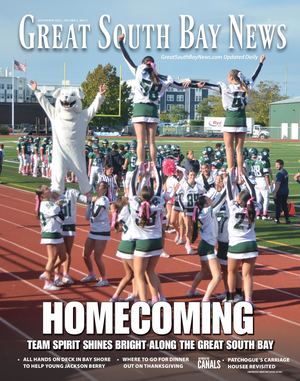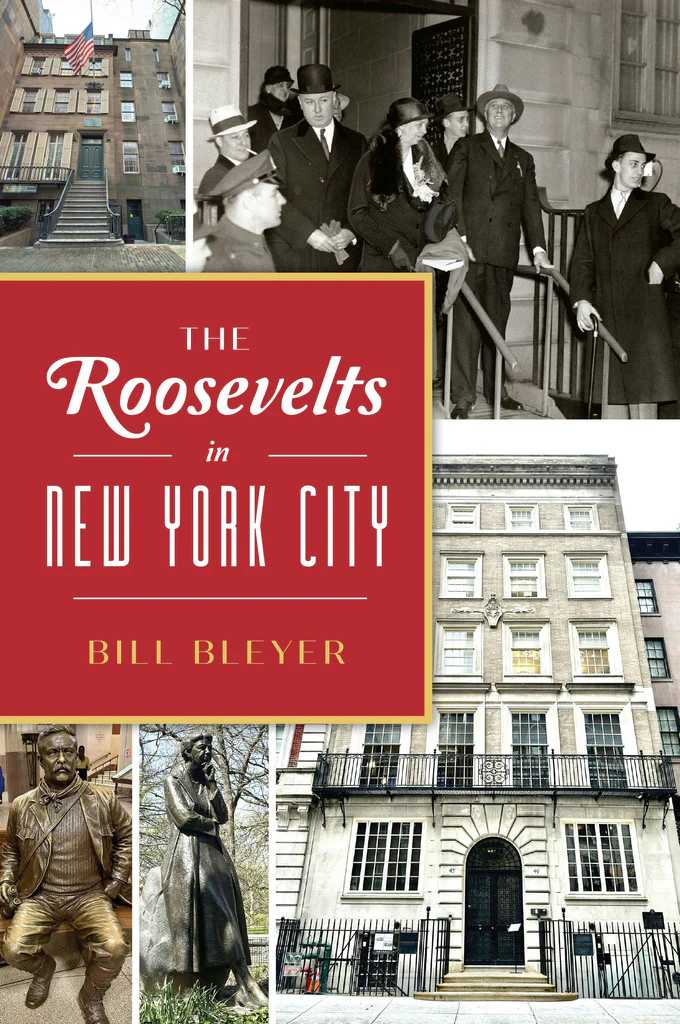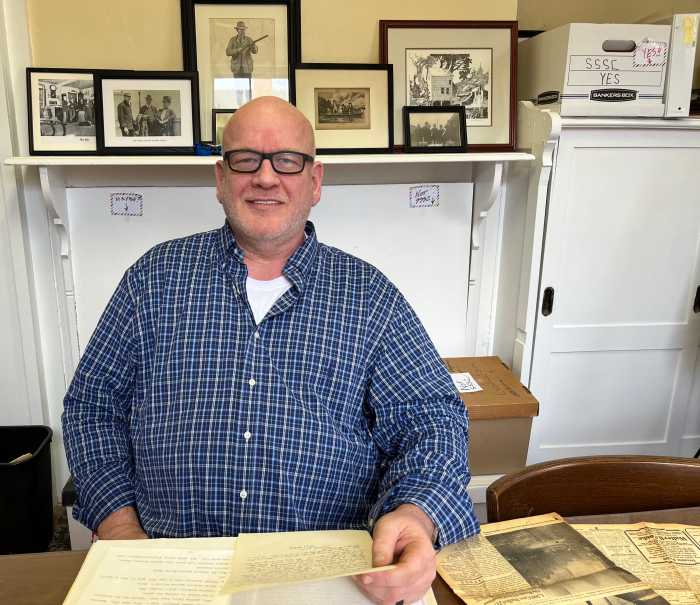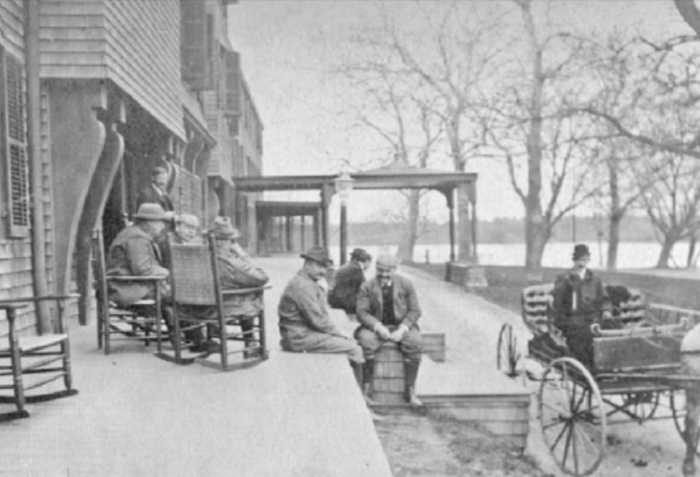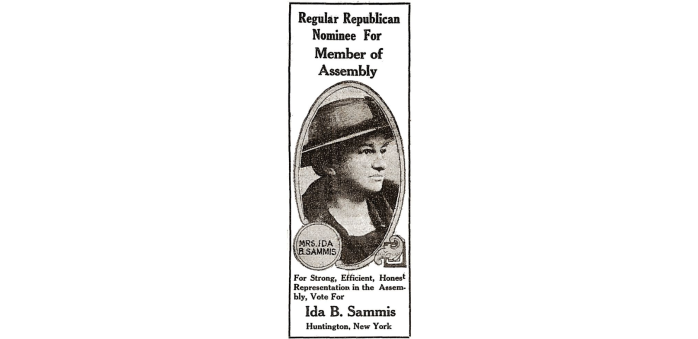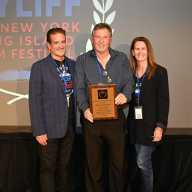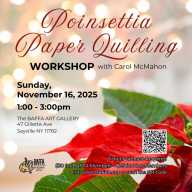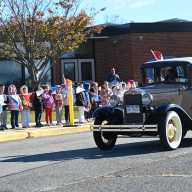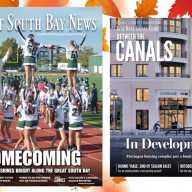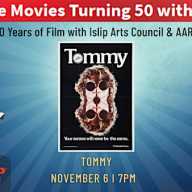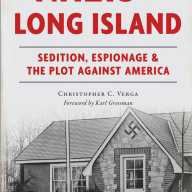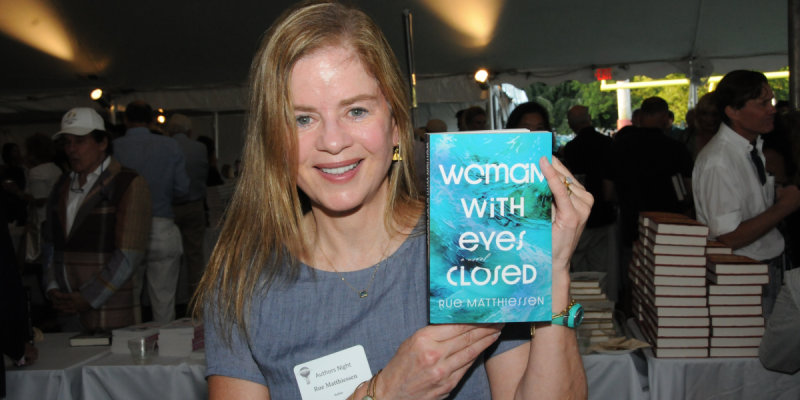Bill Bleyer’s latest book is about the Roosevelt family. The Pulitzer Prize-winning and Press Club Long Island Journalist Hall of Fame winner, and resident of Bayville, has written numerous books about Long Island. They include George Washington’s Long Island Spy Ring and Fire Island Light House, reviewed in this publication. His latest tome, The Roosevelts in New York City, introduces readers to the family members noted and those lesser known, their personal lives and “private interactions” as interesting as the places in which they “lived, worked and worshiped.”
As for the surname itself: “…it is Dutch… The word ‘Roos’” means rose and is pronounced identically the same way under all circumstances…’” Robert B. Roosevelt (nephew to Theodore Roosevelt) satirically advised the New York Sun in 1903, after all manner of mispronunciations by lay folks and academics alike.
Theodore Roosevelt’s great-grandson, Cornelius Van Shaack, known as CVS – no connection to the pharmacy giant – became the first family millionaire by buying up vacant Manhattan lots during the Panic of 1837. When the depression ended, he sold the properties at the new, higher value, “pooled the money” with other savvy merchants, and formed Chemical Bank. Previously, the family business was involved in importing hardware and plate glass.
A maverick in more ways than money, CVS was the first in the family to marry a non-Dutch. An original in her own right, Margaret Barnhill, an English-Irish Quaker, was the first of the Roosevelts to preach that “great wealth brought social obligations to help the community and others.” Their home was a stately residence in Union Square, not far from where their great-grandfather Theodore had been born and raised in a brownstone on 20th Street. His uncle, Robert Barnwell Roosevelt, “the black sheep of the family,” lived next door. They kept close, the Roosevelts.
“RBR, as he is known to family members and historians,” was by all accounts a very fine chap. Brilliant –“He even wrote a play when he was seventeen that was almost produced…” He had a “wonderful sense of humor,” was elected to the U.S House of Representatives, and was a pioneering conservationist who battled corrupt politicians. But the bohemian side of him scandalized the family, and for generations, they never spoke about him.
An Edwardian in the Victorian era, he cared little for convention. He hosted Oscar Wilde in his home, had numerous affairs, and set up a “separate family with a mistress in a household near his own.” It wasn’t until 1985 that P. James Roosevelt unzipped the family’s lips and profiled his great-grandfather in The Newsday Magazine.
“It has been said you may not like a Roosevelt, but you cannot find one that is boring,” he told a Newsday Reporter. A statement that might describe Sara Delano Roosevelt, FDR’s mother.
Five-foot-ten with creamy skin and light brown hair, she was considered one of the most beautiful women in 1870s New York. She stood out in sharp relief against her son’s wife, Eleanor, whose own mother called her “solemn and ugly.”
When FDR married Eleanor in 1905, Sara rented 125 East 36th Street for them, furnished it, and hired the servants. Deciding it “too small” when their family began to grow, Sara built an adjoining townhouse to give them more space (and keep herself connected to them and their lives). A year later, she gave them a new property on East 65th Street that housed two separate residences, the “intrusive Sara” treated as one. Hers. She appeared “unannounced into the other side of the building [she took liberties rearranging Eleanor’s personal items] often at the most least expected or wanted moments…” And you think you have mother-in-law problems!
But Eleanor’s “early dislike of any kind of scolding” prevented her from speaking up. “I was simply absorbing the personalities of those about me and letting their tastes and interests dominate me,” she wrote in her autobiography. Over time, she grew into a dynamic, forward-thinking individual and had “one of the most consequential public service careers of any woman of the 20th century.” Their 65th property is now named “Roosevelt House,” a public policy institute at Hunter College.
The book is about the Roosevelts’ time in New York City, but it’s also about New York City at another time. Its history and its buildings, showing how a structure can evolve, starting out as one entity and continuing to exist as another. Like our great city itself.
Photos of their homes, their interiors, and artifacts, as well as details of buildings and statuary, complete Bill Bleyer’s well-told and fascinating tale of this compelling family.
